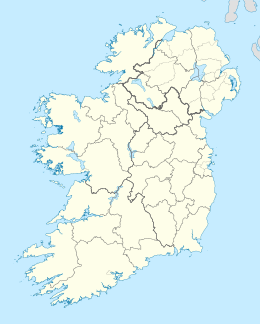
Achill Island is the largest of the Irish isles and lies off the west coast of Ireland in County Mayo. It had a population of 2,345 in the 2022 census. Its area is around 148 km2 (57 sq mi). Achill is attached to the mainland by Michael Davitt Bridge, between the villages of Achill Sound and Polranny. A bridge was first completed here in 1887. Other centres of population include the villages of Keel, Dooagh, Dooega, Dooniver, and Dugort. The parish's main Gaelic football pitch and secondary school are on the mainland at Polranny. Early human settlements are believed to have been established on Achill around 3000 BC. A significant geographical feature of the island is peat bog. The parish of Achill consists of Achill Island, Achillbeg, Inishbiggle and the Corraun Peninsula.
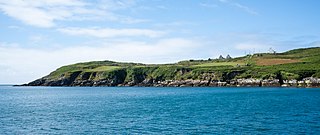
Clear Island or Cape Clear Island is an island off the south-west coast of County Cork in Ireland. It is the southernmost inhabited part of Ireland and had a population of 110 people as of the 2022 census.

Westport is a town in County Mayo in Ireland. It is at the south-east corner of Clew Bay, an inlet of the Atlantic Ocean on the west coast of Ireland. Westport is a tourist destination and scores highly for quality of life. It won the Irish Tidy Towns Competition three times in 2001, 2006 and 2008. In 2012 it won the Best Place to Live in Ireland competition run by The Irish Times.

Lambay Island, often simply Lambay, is an island in the Irish Sea off the coast of north County Dublin, Ireland. The largest island off the east coast of Ireland, it is four kilometres (2 mi) offshore from the headland at Portrane, and is the easternmost point of the province of Leinster. Of volcanic origin, it has been inhabited since the prehistoric period and has been the subject of multiple archaeological studies. Lambay has notable populations of seabirds, a range of local fauna, some not found elsewhere in Ireland, and a colony of wallabies, as well as more than 300 plant varieties, and was the subject of major studies of flora and bird, and a major multidisciplinary study of flora and fauna between 1905 and 1907. The island is privately owned by a trust for members of certain branches of the Baring family and managed by the current Baron Revelstoke. It has a very small permanent population and few buildings but hosts some day visitors and short-stay guests, and there is a working farm.

Clare Island, also historically Inishcleer, is a mountainous island guarding the entrance to Clew Bay in County Mayo, Ireland. Historically part of the kingdom of Umhaill, it is famous as the home of the 16th century pirate queen Gráinne O'Malley. The population of the island is 138 according to the 2022 census. To the south-west lies Inishturk (inhabited) and Caher Island (uninhabited), and to the north is Achill Island.
Collanmore Island is an island in Clew Bay, County Mayo, Ireland.

Bere Island or Bear Island is an island in Bantry Bay off the Beara Peninsula in County Cork, Ireland. It spans roughly 10 km x 3 km, with an area of 17.68 km2 and, as of the 2022 census, had a population of 218 people.
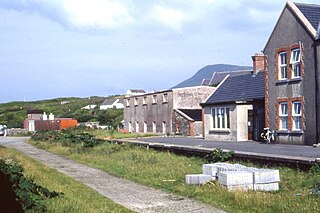
Gob an Choire or Gob a' Choire, formerly anglicised as Gubacurra, is a Gaeltacht village in County Mayo, Ireland. It lies on the east coast of Achill Island and is the first settlement one reaches after crossing the Michael Davitt Bridge, a swing bridge that joins Achill Island to Corraun Peninsula on the mainland. In ancient times the southern entrance was guarded by Carrickkildavnet Castle.

Inishturk is an inhabited island of County Mayo, in Ireland.

Acaill Bheag (Achillbeg) is a small island in County Mayo, Ireland, just off the southern tip of Achill Island.

Inishbofin, also Inishbofinne, is an island and townland off the coast of Machaire Uí Rabhartaigh (Magheraroarty), County Donegal, Ireland.

Rutland Island, also sometimes known as Inishmacadurn, is an island in County Donegal, Ireland, and an electoral and census reporting district covering it, surrounding islands and part of the mainland. The island itself has no permanent inhabitants, but the district, which includes Burtonport and its environs, had 1,428 residents in 2006. The island lies between Burtonport and the inhabited Arranmore Island, and is not officially served by ferry.

Gola is a small island off the coast of Gweedore, County Donegal, Ireland. It was unpopulated as late as 1996 but more recently people have started to return. A ferry service operates during the summer holiday season and on request for the remainder of the year.
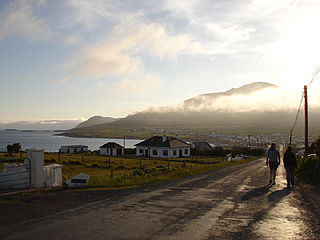
Dooagh is a village located on Achill Island in County Mayo, Ireland. It is best known for the nearby Keem Bay, a Blue Flag beach.
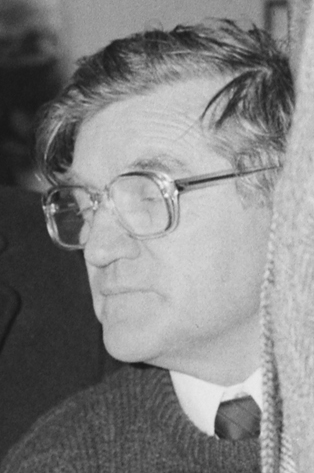
Pól Ó Foighil was an Irish politician and activist for Irish-speaking, coastal and island communities. A teacher turned co-operative manager, he was an active member of the Fine Gael party, and as a long-serving councillor he was the party's only elected representative in the Connemara Gaeltacht for two decades. He also served as a senator from 1989 to 1993.

Doohoma or Doohooma is a townland, peninsula and a census town in the County Mayo Gaeltacht, Ireland. It is located on Ireland's Atlantic coastline overlooking Achill Island and the Mullet Peninsula.
Dún Ibhir is a Gaeltacht village on Achill Island in County Mayo, Ireland.

The Corraun Peninsula, also spelt Currane, is a peninsula in County Mayo, on the west coast of Ireland. It extends out from the mainland towards Achill Island.

Long Island, historically called Inishfada, is an island that lies south of Schull, County Cork, Ireland. It has a permanent population of no more than 10. The island is named for being 4.8 km (3.0 mi)long and only 0.8 km (0.5 mi) wide. It is the third largest of Carbery's Hundred Isles at 1.8 km2 (0.7 sq mi), after Sherkin Island and Clear Island. The island’s most distinctive landmark is Copper Point lighthouse at its eastern end, marking the entrance to Schull Harbour.

